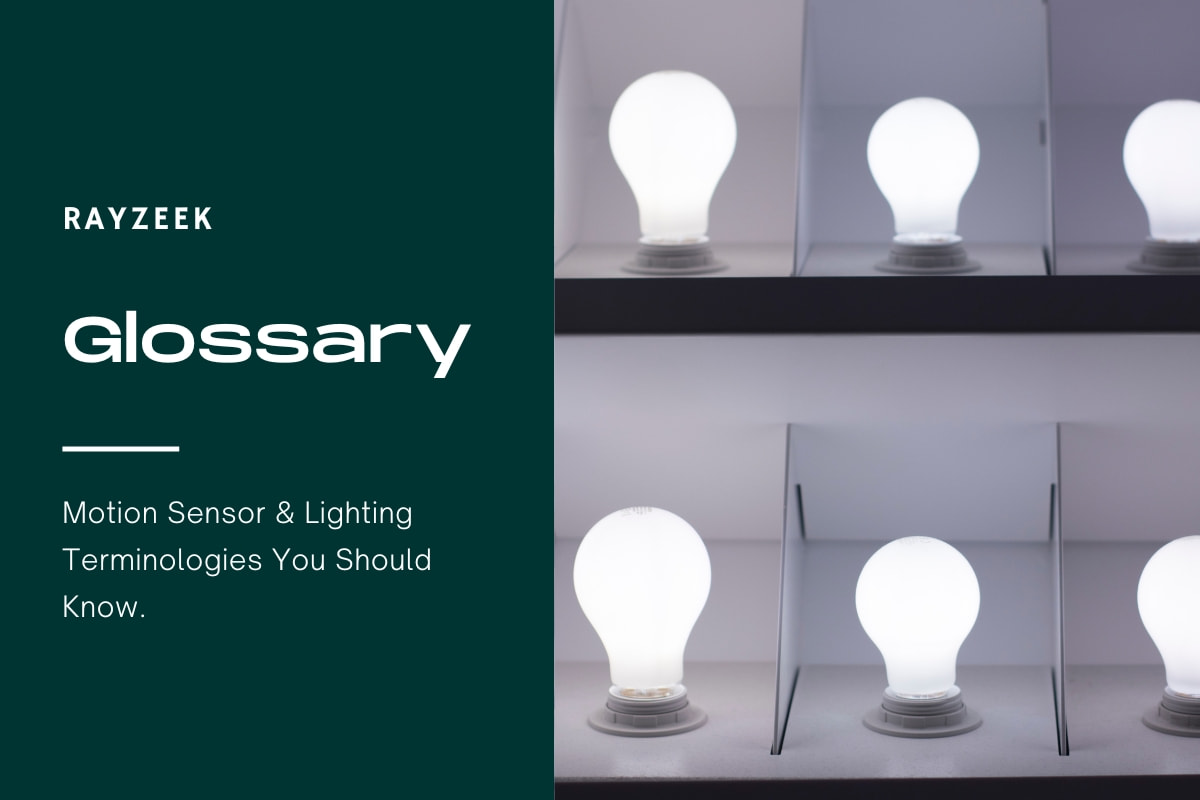Co je odraz světla
Odraz světla je jev, kdy světelné vlny narazí na povrch nebo hranici, která nepohlcuje energii záření a odráží vlny od povrchu. K tomuto procesu dochází, když dopadající světelné vlny interagují s hladkým nebo strukturovaným povrchem a jsou přesměrovány do různých směrů. Chování světla při odrazu se řídí zákonem odrazu, který říká, že úhel dopadu je roven úhlu odrazu.
Hladké povrchy, jako jsou skleněná zrcadla nebo leštěný kov, jsou ideální pro odrážení světla, což vede k tomu, že zrcadlový odraz. V tomto případě se dopadající světlo odráží v jednom směru podle úhlu dopadu. Naproti tomu u drsných povrchů dochází k difuznímu odrazu, kdy je dopadající světlo rozptýleno v různých směrech v důsledku nerovností povrchu.
Inspirujte se portfoliem pohybových senzorů Rayzeek.
Nenašli jste to, co jste chtěli? Nebojte se. Vždy existují alternativní způsoby řešení vašich problémů. Možná vám pomůže některé z našich portfolií.
Porozumění odrazu světla nám umožňuje vnímat naše prostředí, protože nám poskytuje základ pro pozorování. Manipulací s úhly a povrchy svítidla, mohou návrháři řídit směr a intenzitu odraženého světla, vytvářet požadované světelné efekty a zlepšovat viditelnost.
Hledáte řešení úspory energie aktivované pohybem?
Obraťte se na nás pro kompletní PIR senzory pohybu, produkty pro úsporu energie aktivované pohybem, spínače se senzorem pohybu a komerční řešení pro detekci přítomnosti/volnosti.
Často kladené otázky
Co je odraz světla a jeho příčiny
K odrazu světla dochází, když světelné vlny narazí na povrch a odrazí se od něj. Dochází k tomu proto, že světlo má tendenci pohybovat se po přímé dráze, ale když narazí na neprůhledný povrch, rozptýlí se ve stejném prostředí.
Proč je důležitý odraz světla
Světelné paprsky odrážející se od předmětů, podobně jako se míč odráží od země, se nazývají odraz světla. Tento jev hraje klíčovou roli v naší schopnosti vnímat okolí. Když se například díváme z okna, jsme schopni vidět přírodu a její objekty, protože odrážejí světlo vyzařované Sluncem.
Jaké jsou dva zákony odrazu světla
Zákony reflexe: Podle prvního zákona odrazu leží dopadající paprsek, odražený paprsek a normála k povrchu zrcadla ve stejné rovině. Druhý zákon odrazu říká, že úhel odrazu je roven úhlu dopadu.
Jak se nazývá odražené sluneční světlo
Albedo Země, které označuje její schopnost odrážet sluneční světlo, je ovlivněno různými faktory, jako je barva, typ a struktura povrchu. Tyto povrchy mohou sahat od sněhu, vegetace až po městské oblasti.









